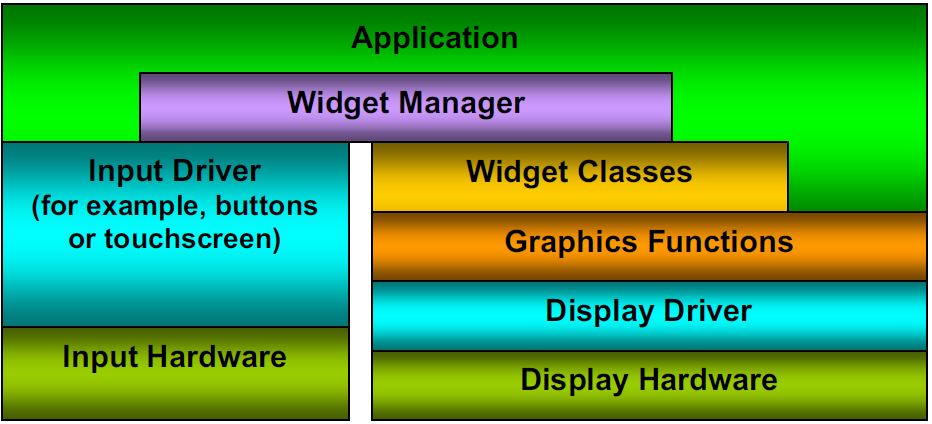SPMA082 August 2021 TM4C1230C3PM , TM4C1230D5PM , TM4C1230E6PM , TM4C1230H6PM , TM4C1231C3PM , TM4C1231D5PM , TM4C1231D5PZ , TM4C1231E6PM , TM4C1231E6PZ , TM4C1231H6PGE , TM4C1231H6PM , TM4C1231H6PZ , TM4C1232C3PM , TM4C1232D5PM , TM4C1232E6PM , TM4C1232H6PM , TM4C1233C3PM , TM4C1233D5PM , TM4C1233D5PZ , TM4C1233E6PM , TM4C1233E6PZ , TM4C1233H6PGE , TM4C1233H6PM , TM4C1233H6PZ , TM4C1236D5PM , TM4C1236E6PM , TM4C1236H6PM , TM4C1237D5PM , TM4C1237D5PZ , TM4C1237E6PM , TM4C1237E6PZ , TM4C1237H6PGE , TM4C1237H6PM , TM4C1237H6PZ , TM4C123AE6PM , TM4C123AH6PM , TM4C123BE6PM , TM4C123BE6PZ , TM4C123BH6PGE , TM4C123BH6PM , TM4C123BH6PZ , TM4C123BH6ZRB , TM4C123FE6PM , TM4C123FH6PM , TM4C123GE6PM , TM4C123GE6PZ , TM4C123GH6PGE , TM4C123GH6PM , TM4C123GH6PZ , TM4C123GH6ZRB , TM4C1290NCPDT , TM4C1290NCZAD , TM4C1292NCPDT , TM4C1292NCZAD , TM4C1294KCPDT , TM4C1294NCPDT , TM4C1294NCZAD , TM4C1297NCZAD , TM4C1299KCZAD , TM4C1299NCZAD , TM4C129CNCPDT , TM4C129CNCZAD , TM4C129DNCPDT , TM4C129DNCZAD , TM4C129EKCPDT , TM4C129ENCPDT , TM4C129ENCZAD , TM4C129LNCZAD , TM4C129XKCZAD , TM4C129XNCZAD
3.1 Graphics Library Structure
The grlib provides a set of graphics primitives and a widget set for creating graphical user interfaces on microcontroller-based boards that have a graphic display. The graphic library consists of three layers with each subsequent layer building upon the previous layer to provide more functionality.
- The display driver layer must be supplied by the application since it is specific to the display in use. For example, a driver that is specific to Kentec320x240x16.
- The graphics primitive layer is the low-level API that provides the abilities to draw individual items on the display, such as lines, circles, text, and so on.
- The widget layer provides an encapsulation of one or more graphic primitives to draw a user interface element on the display, along with the ability to provide application-defined responses to user interaction with the element.
 Figure 3-1 Organization of TivaWare Graphics
Library
Figure 3-1 Organization of TivaWare Graphics
LibraryThe right side of Figure 3-1 shows the layers of the graphic stack. APIs are provided at the widget level (the Widget API), the primitive graphics function level (the Low-Level Graphics API) and the display driver level (the Display Driver API). Additionally, a standard user-input driver interface (the input Driver API) is also provided. Depending upon the requirements of a given application, some portions of the library can be omitted if their functions are not required. All type definitions, labels, macros, and function prototypes for the graphics functions and display driver layers can be found in the grlib.h file. Definitions relating to the higher-level widget library can be found in widget.h and individual headers such as canvas.h and pushbutton.h contain definitions for each supported widget class.